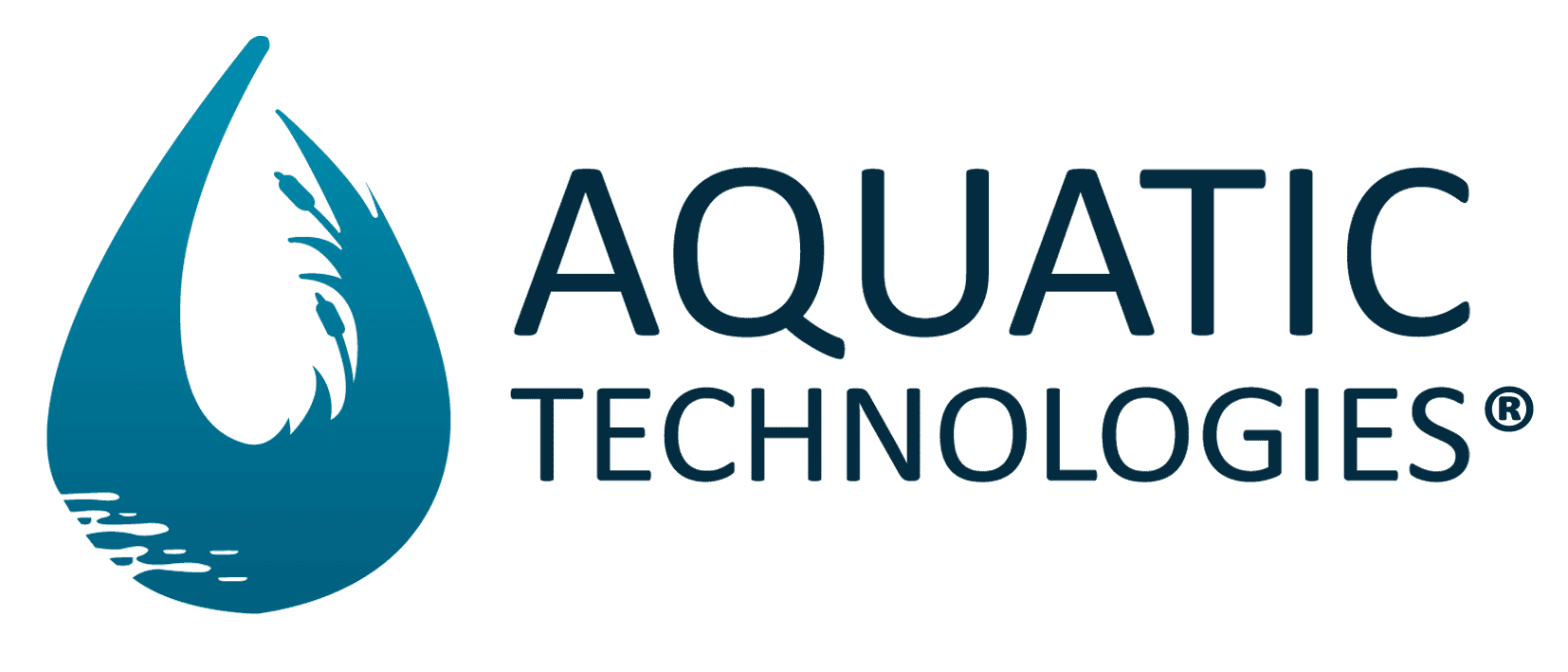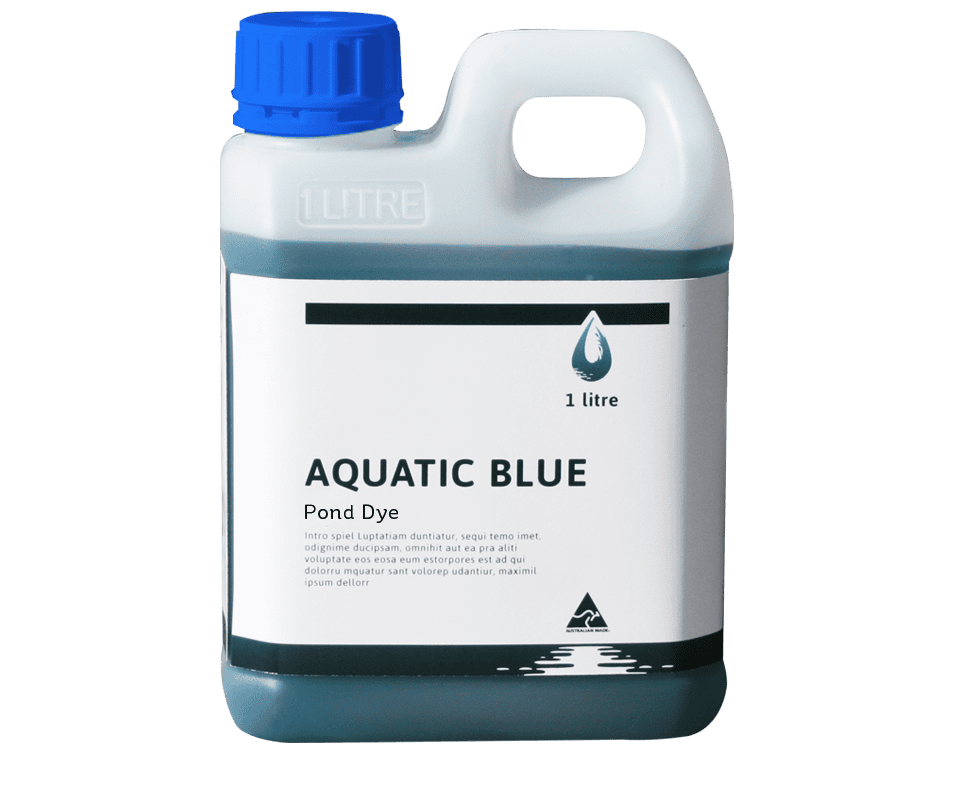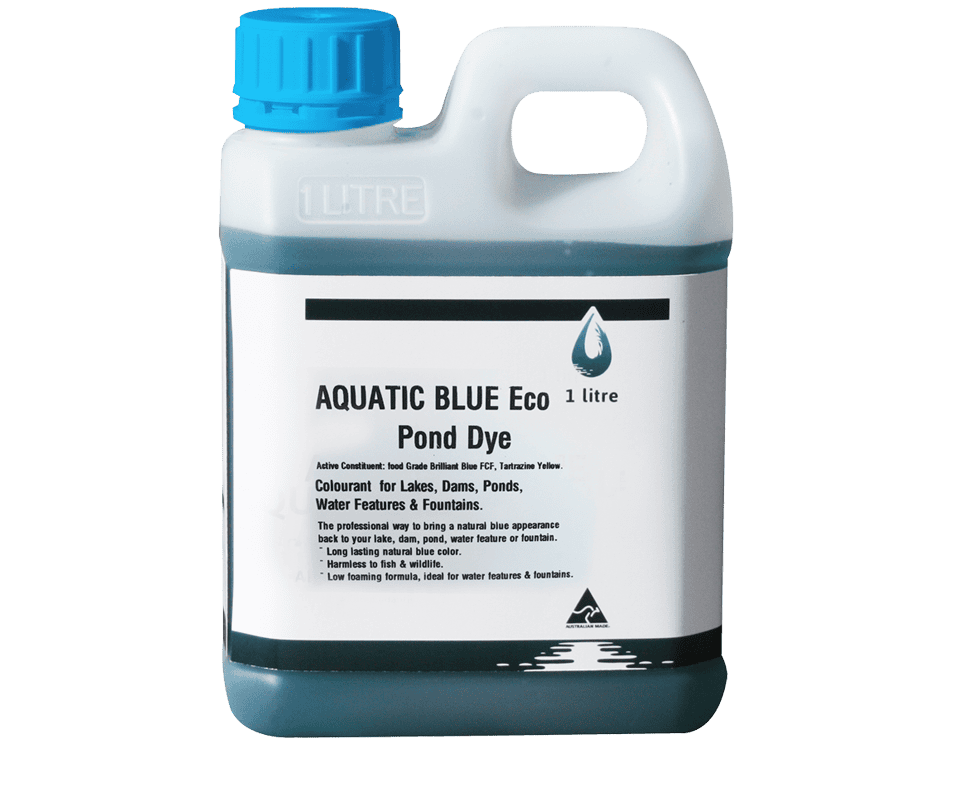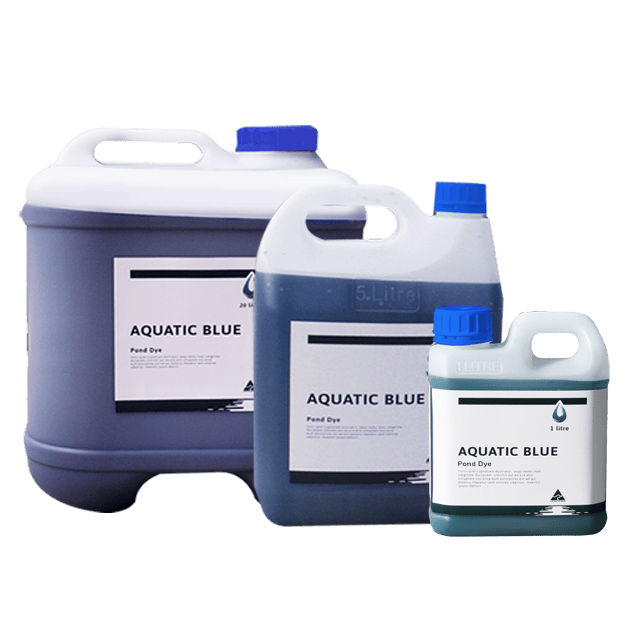


Pond Dye for Fresh Bodies of Water
- Reduces UV light penetration through the water column
- Colours the water without increasing turbidity [1]
- Turns water blue
- Decreases overall water temperature which increases oxygen saturation [2]
Specially Formulated For Even Dispersal

Which Product Is Best For Your Dam?
Aquatic Blue
Colours your water blue while reducing UV light and improving water quality.
- Transforms water
- Restricts UV light penetration
- May help maintain lower water temperature
- Colours water blue
5L dyes 2ML of Water
Aquatic Blue Eco
Colours your water a vibrant blue to improve your dam’s aesthetics.
- Colours water blue
- Anti-foaming
- Safe to swim in – no stains
- Longest lasting dye on the market
- 5L dyes 4ML of Water
Aquatic Blue Pond Dye Benefits
Aquatic Blue and Aquatic Blue Eco are able to dye any type of freshwater including: brown, turbid, murky, cloudy, and tannin.
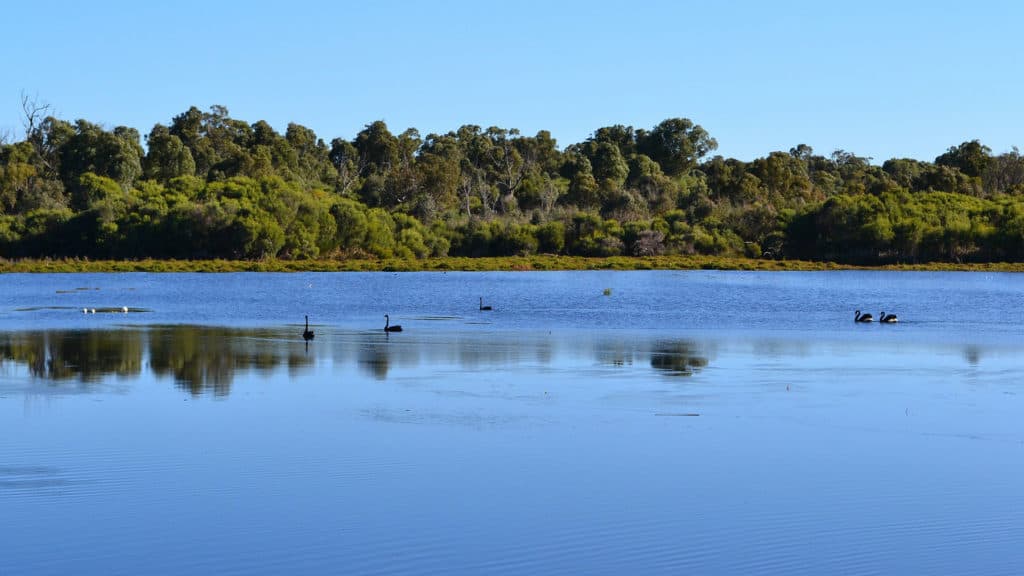
Aquatic Blue is specifically formulated to filter sunlight, improving water clarity.
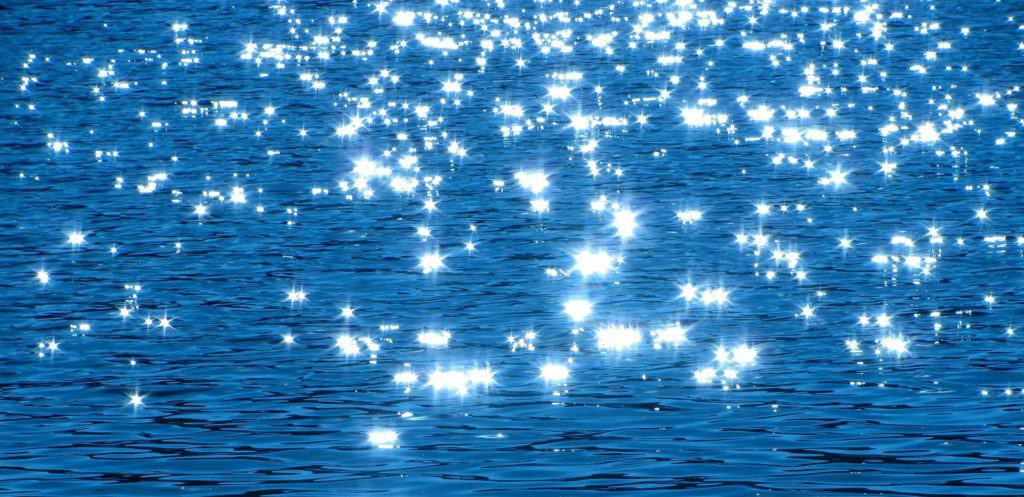
Aquatic Blue and Aquatic Blue Eco will not harm any of the critters that live in the freshwater or use the water.
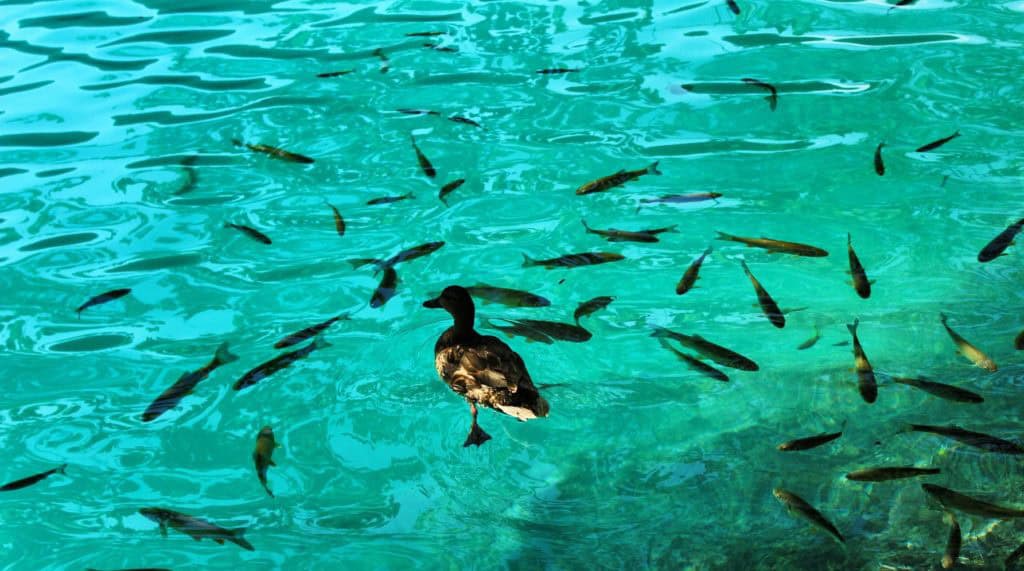
Aquatic Blue is Safe
Aquatic Blue is safe to use in the presence of humans, livestock, fish, domestic pets and wildlife. Once diluted into the water column it is safe for irrigation and swimming and the dye will not stain skin, hair, clothes, plants, rocks or sand.
Aquatic Blue is backed by Science
This science-backed product works by restricting the penetration of UV rays into the water column. Aquatic Blue filters the sun’s rays, reducing the amount of UV light present in the water body. The reduction of light helps to effectively manage water quality. Aquatic Blue gives your body of water a gorgeous blue hue.
Because of its light-filtering properties, Aquatic Blue may decrease water temperatures [2] where applied. This can be beneficial for increased oxygen saturation, which in turn can keep fish healthy for longer[2] and support the growth of the ‘good’ types of bacteria in your water.
Because Aquatic Blue changes the colour of the water, this may prevent fish from being predated as they can be harder to see due to the refraction of light against the blue[2] .
The science is quite simple: this aquatic dye is formulated to ‘screen out’ red-orange and blue-violet light rays from the sun. As the dye reflects sunlight, water temperatures remain lower.
- Easy to apply
- Non toxic and environmentally friendly
- Safe for fish, plants, animals and humans alike
How much do you need?
Aquatic Blue
7.5 Millilitres per 1,000 Litres of Water.
Dams and Lakes: Applied at a rate of 5 litres per 2 Mega Litres of Water.
| Product Size | Volume Dyed |
|---|---|
| - | - |
| 1L | 400,000L |
| 5L | 2ML |
| 20L | 8ML |
Aquatic Blue Eco
1 Millilitre per 2,000 Litres of Water.
Dams and Lakes: Applied at a rate of 1 litre per 800,000 Litres of Water.
| Product Size | Volume Dyed |
|---|---|
| 500mL | 400,000L |
| 1L | 800,000L |
| 5L | 4ML |
| 20L | 16ML |
Sources
[1] Wisconsin Department of Natural Resources. (2006). Management Options for Aquatic Plants Available: https://www.uwsp.edu/cnr-ap/UWEXLakes/Documents/ecology/Aquatic%20Plants/Appendix-E.pdf
[2] K. S. Tew, “The impacts of algal control in catfish and percid aquaculture ponds,” The Ohio State University, 2003.
